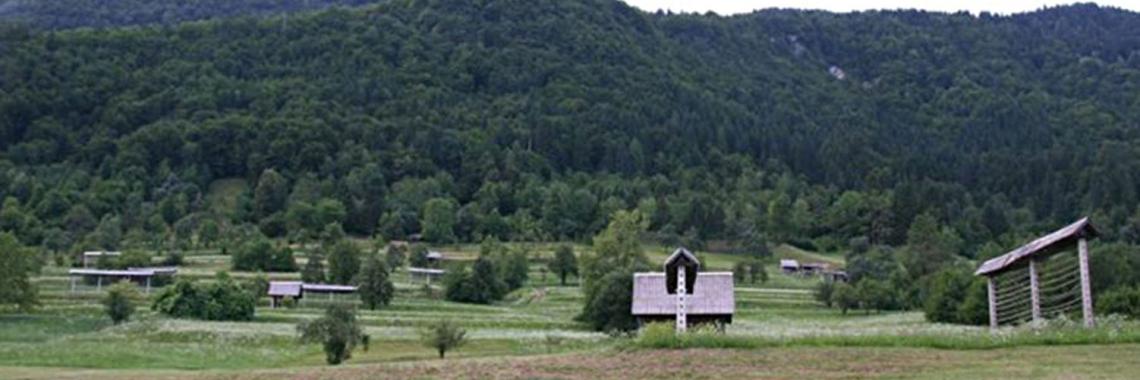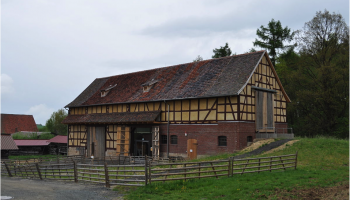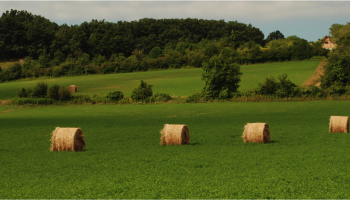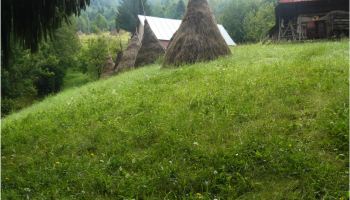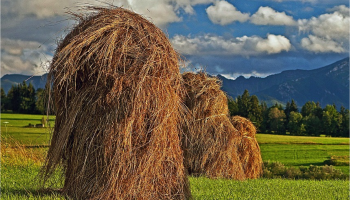Hay making structures
Hay making was and still is connected to certain temporary as well as permanent structures. That include: Temporary structures (with subtype on water meadows) and non-permanent structures. Temporary structures with removable elements like wooden sticks inside. Permanent structures on the grassland for drying and for storage, e.g. the Slovenian type but also wooden houses in the Alps (hay loft). Also permanent structures at the farm itself like barns. It includes all structures for storing hay, also barns and even farms.
Source: Definition/Differentiation elaborated by EUCALAND network for project purposes.
Database entries forHay making structures
Research: Alexandra Kruse & Bénédicte Gaillar; upload: Bénédicte Gaillard. The entries are still in process.
Research: Alexandra Kruse; upload: Bénédicte Gaillard. The entries are still in process.
Farmers – 100 % a wanted… [Read more]
Research: Csaba Centeri; upload: Bénédicte Gaillard. The entries are still in process.
Research: Viviana Ferrario & Maurizia Sigura; upload: Bénédicte Gaillard. The entries are still in process.
Research: Hans Renes & Suzan Jurgens; upload: Bénédicte Gaillard. The entries are still in process.
Research: Sebastian Eiter, Oskar Puschmann et al., NIBIO Norwegian Institute of Bioeconomy Research; upload: Bénédicte Gaillard
Hay making structures have been a common feature in the Norwegian agricultural landscape for a long time. As cool and regionally quite wet climatic conditions are unfavorable for cultivation of plant crops, animal husbandry has always been an important part of Norwegian agriculture, especially towards the north of the country where plant… [Read more]
Research: Martina Slámová, Jana Špulerová, Marta Dobrovodská, Dagmar Štefunková; upload: Bénédicte Gaillard. The entries are still in process.
Research: Drago Kladnik et al. Anton Melik Geographical Institute ZRC SAZU; upload: Bénédicte Gaillard. The entries are still in process
Dr. Anton Melik was the first researcher of hayracks. He describes the development of hayracks with following words:
Firstly, a pole was sunk into the ground vertically and was refered as stog. Two of such poles (ostrvi) in a row were gradually supplied with a number… [Read more]

